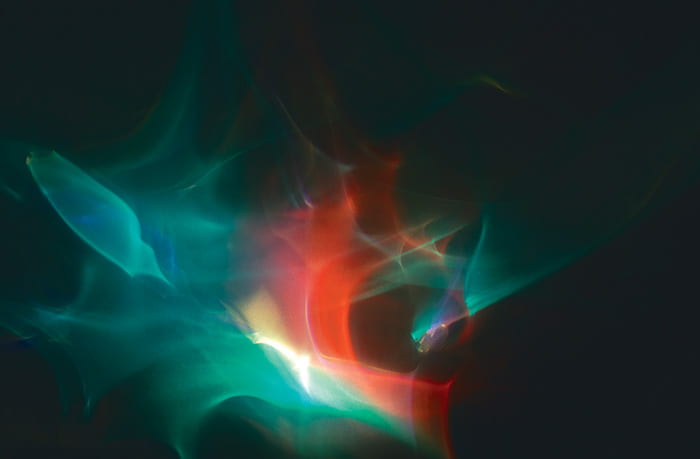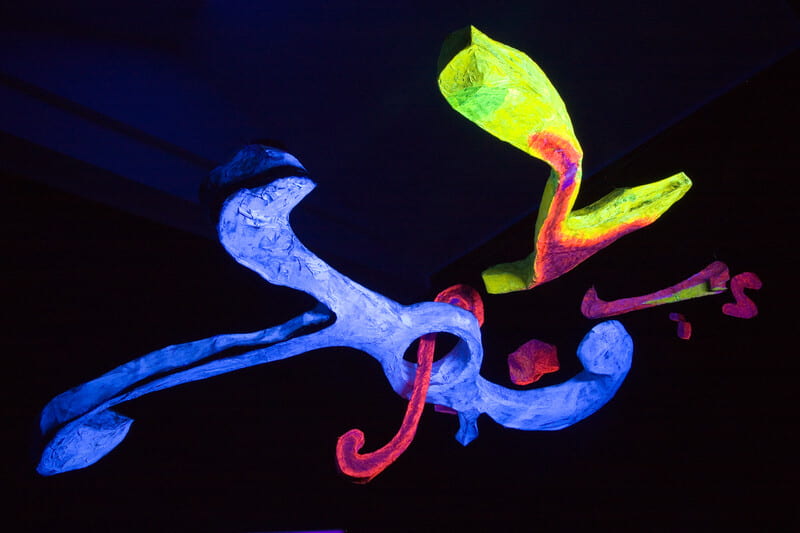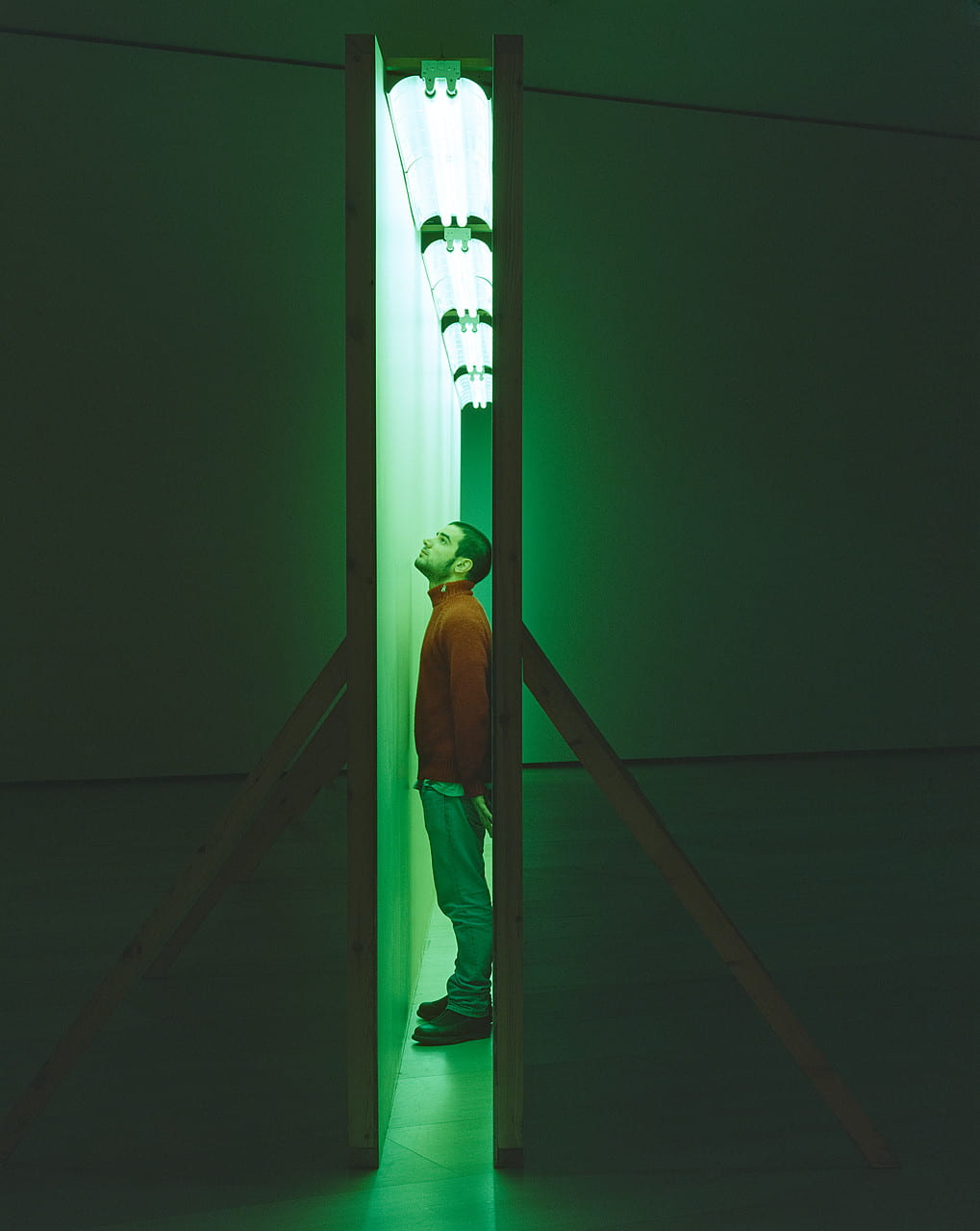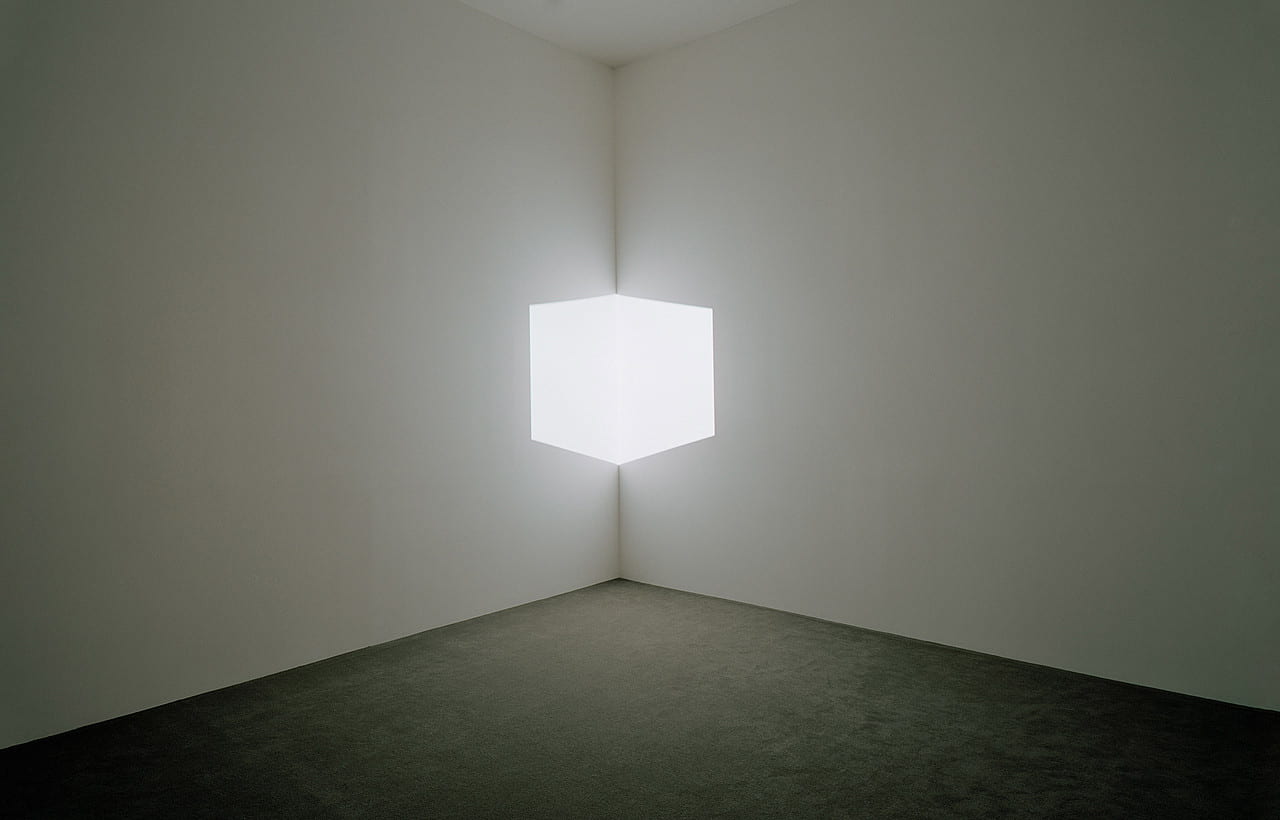In the “Light as Sculpture Medium” reading, Thomas Wilfred, a pioneer who has consistently moved counter to the popular trends of modern art, is the most consistent pioneer in the “Art of Light”, which he also called “Lumia”. This new art form was among the first successful fusions of modern art and technology before considering the uses of light in a three-dimensional context, continuing to impact later generations of light and media artists.

In 1949, Fontana created a “spatial environment” of “hung wooden sculpture illuminated by black-light lamps”. Different from “Lumia”, the light was used in a 3-dimensional context in Fontana’s artwork “Walking The Space: Spatial Environments”. In a dark room, there is an abstract sculpture painted with fluorescent colors, suspended at the center of the ceiling. The surroundings of the house, as well as the sculpture, are illuminated by ultraviolet lights. The main color of the artwork is blue, mixed with a bit of green, pink, red, and purple, providing a quiet, peaceful, and mysterious atmosphere.
Even though the sculpture is static, by painted with bright color on its streamlined shape while illuminated by ultraviolet lights, this artwork seems like it is dancing in space.

In Bruce Nauman’s Green Light Corridor, the “interior of the corridor is lit with bright green fluorescent light, which appears to change to dazzling white after a few seconds. When the participants emerge into daylight at the corridor’s end, they experience a pink, almost magenta, afterimage”. After participants leave the corridor, the pink afterimage they would see when looking at the white gallery wall and sky; the purple hue they would see when looking at a blue ocean through a pink afterimage. Nauman enforces the contrast between the perceptual and physical experience of space in his sculptures and installations, and his Green Light Corridor provides participants with a different phenomenological experience.

In terms of phenomenology of light and space, different than other colorful and comparably complicated artwork, Light and Space art is seemingly simple and reductive. It might be easily ignored by people, considering it “nothing more than a white wall”. However, such a reductive enterprise maximizes aesthetic possibility.
Light can impact on people’s visual perception, but when combining light with space, it can also create the illusion of volume. James Turrell’s projection Afrum “cube” seems to be a lustrous, suspended cube, but it is actually the conjunction of two flat panels of projected light; a rectangle of radiant color hovering in front of a wall is really a deep, illuminated depression in the space.

Leave a Reply